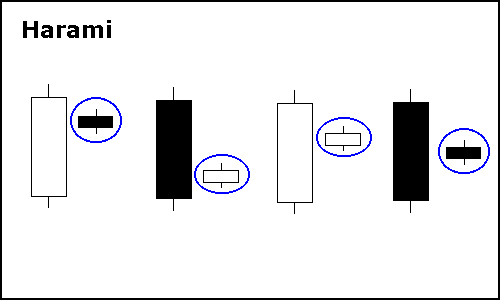The Gartley Pattern was designed as a
swing trading strategy. It was originally discovered by H.M Gartley
in 1935. This pattern can be identified on any timeframe.
Gartley described both buy and sell patterns identically, he had different diagrams for each. It was the AB=CD pattern within the Gartley sell pattern that led to the nickname Gartley “222.” Gartley applied this particular pattern to all the market indexes.
Larry Pesavento found about 20 years ago that by further adding the ratios from the Fibonacci summation series, he could develop a solid trading pattern. Gartley also used ratios of one-third and two-thirds with this pattern but did not use ratios from the Fibonacci summation series. The main Fibonacci retracement ratios that we apply to the Gartley pattern include:.618, and .786.
Gartley stated in his 1935 masterpiece that over a 30-year period he found these patterns to be profitable in 7 out of 10 cases. The statistics validating this are still the same as Gartley suggested over 70 years ago.
Larry Pesavento found about 20 years ago that by further adding the ratios from the Fibonacci summation series, he could develop a solid trading pattern. Gartley also used ratios of one-third and two-thirds with this pattern but did not use ratios from the Fibonacci summation series. The main Fibonacci retracement ratios that we apply to the Gartley pattern include:.618, and .786.
Gartley stated in his 1935 masterpiece that over a 30-year period he found these patterns to be profitable in 7 out of 10 cases. The statistics validating this are still the same as Gartley suggested over 70 years ago.





